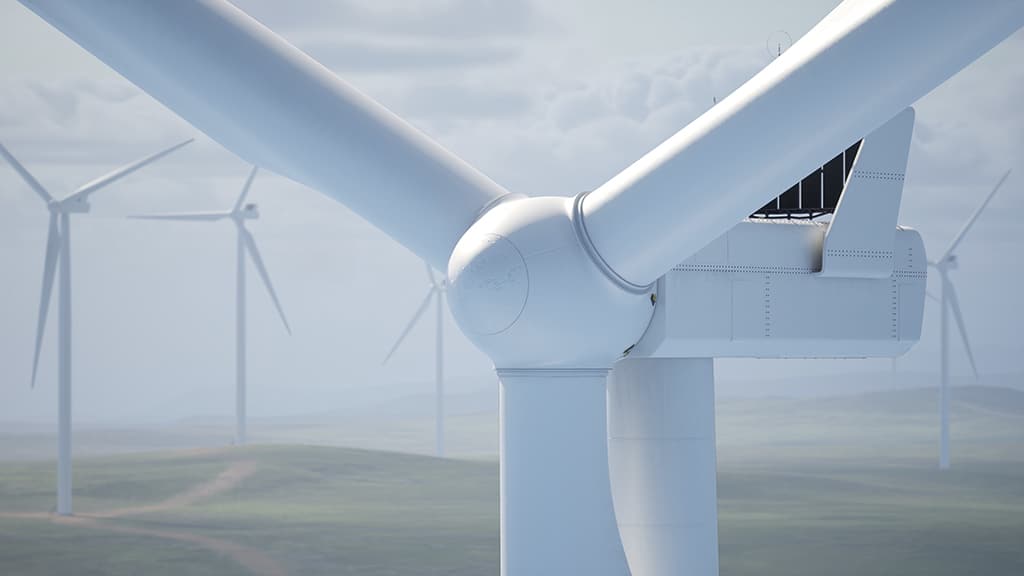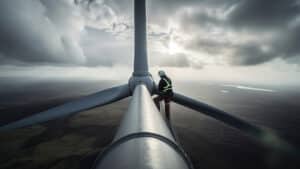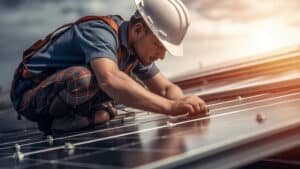Hybrid Renewable Power Plants are those that combine different types of renewable energy sources, such as wind, solar, biomass, or water. The goal of this combination is to increase the efficiency and reliability of energy production, making it less dependent on weather conditions or time of day. Hybrid renewable power plants can also use energy storage systems, allowing them to store excess energy and utilize it during periods of shortage.
Advantages of Hybrid Renewable Power Plants include:
- Reduction of investment and operational costs through shared infrastructure and equipment;
- Reduced strain on the power grid and improved stability due to better alignment with energy demand;
- Decreased greenhouse gas emissions and air pollution by using clean energy sources;
- Increased energy independence and supply security through the diversification of energy sources.
Examples of hybrid renewable power plants are:
- Photovoltaic Thermal (PVT) plants, which combine photovoltaic panels with solar thermal collectors;
- Wind-Solar power plants, which combine wind turbines with photovoltaic panels;
- Biogas power plants, which combine a biogas production installation with a biomass combustion installation.
Growth in Popularity of Hybrid Power Plants
Hybrid renewable power plants are becoming an increasingly popular solution worldwide as they address challenges related to energy transition and environmental protection. In Poland, hybrid renewable power plants are still in the development stage, but there are already initiatives and projects aimed at promoting and supporting them. The first hybrid renewable power plant in Poland is Kleczew Solar & Wind, combining solar and wind energy production. The EPC contractor for this project is Electrum Group.
Concept of Cable Pooling
One of the solutions implemented within the Polish legal framework to promote and support the development of hybrid renewable energy installations is the concept of cable pooling, which involves connecting at least two renewable energy sources to the same grid connection. This approach allows for savings on building new infrastructure and makes better use of existing resources.
Read also: Hybrid Renewable Energy Systems | The Future of the Market






